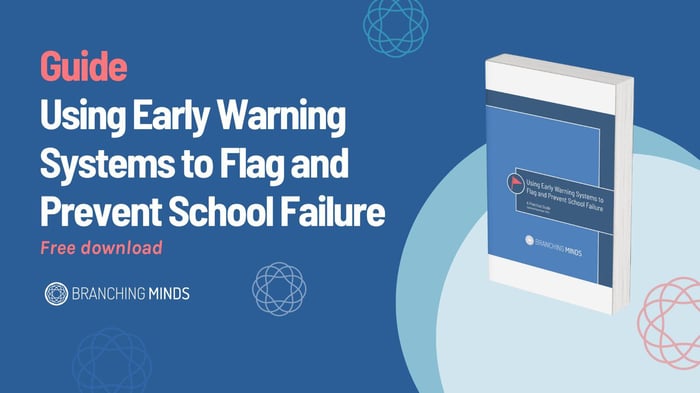During the edLeader Panel webinar, Roll Call! Addressing the Roots of Absenteeism with MTSS, leaders discussed how improving attendance and engagement can be done by focusing on the youngest learners—kindergarten through second grade—and provided practical, proven strategies for supporting early learners’ attendance habits.
Lakota Local School District in Southwest Ohio has about 17,700 students and more than 2,000 employees and reports an overall attendance rate of 94 percent. It’s a highly diverse district with 29 percent of the students being economically disadvantaged, about one-fourth being gifted, and 11 percent being English language learners.
Like many districts, Lakota Local Schools faced high absenteeism after the pandemic. The district’s Creekside Early Childhood School leaders decided to tackle the problem systematically. “We believe in our teachers. We knew that if we could get kids in front of them with the great things they’re doing, that’s where that learning and growth, and that magic, happens,” said Todd Hartman, Principal of Creekside.
Watch the On-Demand Recording 👇
Making Attendance a Top Priority
Leaders began by making attendance a primary focus in their Building Action Plan. They ensured teachers and staff helped draft the initiative. Gaining “buy-in for the whole school to embrace the importance of our kids being at school and how we can all rally around that effort is really critical for us,” said Hartman.
Jessica Skelton, Creekside’s Assistant Principal, said it was important for all to recognize that attendance wasn’t something “we could control entirely, but that, as a school, we were going to work together to partner to make it better.”
Historically, attendance was viewed as an administrative issue and not necessarily a teacher’s responsibility or a strategic initiative. “Nobody, in general, has a closer relationship with a child in that classroom than the teacher they see every day,” said Hartman.
School leaders helped prepare teachers to identify early indicators, used role-playing to help educators build confidence for meaningful attendance conversations, and addressed absenteeism as an opportunity for building relationships and connecting with students.
Data-Driven Support and Insight
Using a platform to track and save data (Branching Minds, in Creekside’s case) allowed school leaders and teachers to look at attendance holistically and drill down to individual student experiences. “When you say ‘Tier 1,’ people think you’re talking about reading or math, but no, it’s also attendance and behavior. It’s all part of the child’s story,” said Hartman.
Teachers can log in and see a documentation history to know where a student stands. Data also uncovered surprises, including learning that most clinic visits to the school nurse didn’t require a student to go home, so more efforts helped return students to class when appropriate.
Measurable Success
At the time of the edLeader Panel, Creekside Early Childhood School reported a daily average attendance rate of about 95 percent. From January to March of 2024, 25 out of 35 students with the highest attendance challenges improved their attendance because of the work done.
From March through May of 2024, 30 of the same 35 students improved, and their attendance held for the rest of that school year. From August to October of 2024, 76 of the 91 students flagged for attendance concerns were removed from the list because of their regular attendance.
Game-Changing Strategies
The action plan included different approaches for Tiers I, II, and III student populations, including whole-class attendance tracking, data transparency, health and wellness awareness about sleep and healthy diets, and individualized attendance plans with support from nurses and school-based therapists.
In addition, school liaisons known as the “attendance army” connected with students for check-ins. Newsletters were sent with attendance trends, and Lunch and Learn Zoom meetings helped connect with and inform parents. But every effort was designed to inform and build excitement and inclusion through relationship building and celebrating their hard work through class awards, stickers, and personal incentives that inspired them to keep showing up.
“At K-2, that’s our job—that when they leave, they love school, and to build a culture that they’re excited to go to school, feel welcome, and want to be there,” said Skelton.

You can find the original version of this article on EdWeb, available here.
Support Your Students with an Early Warning System from Branching Minds
|
Comments (0)